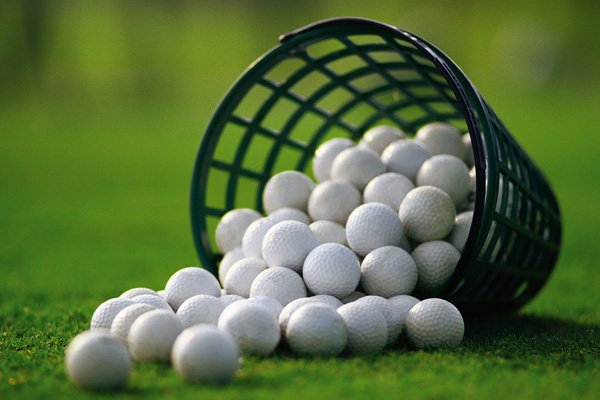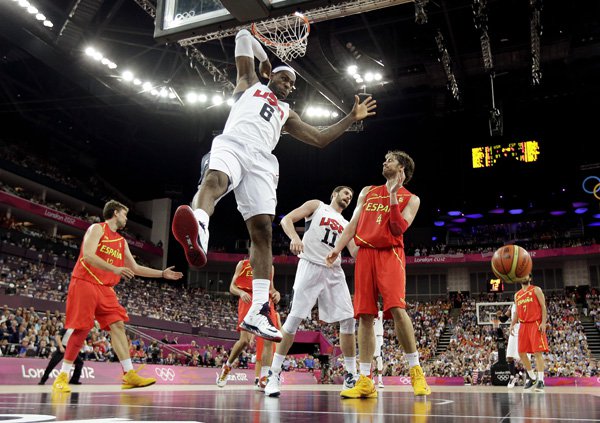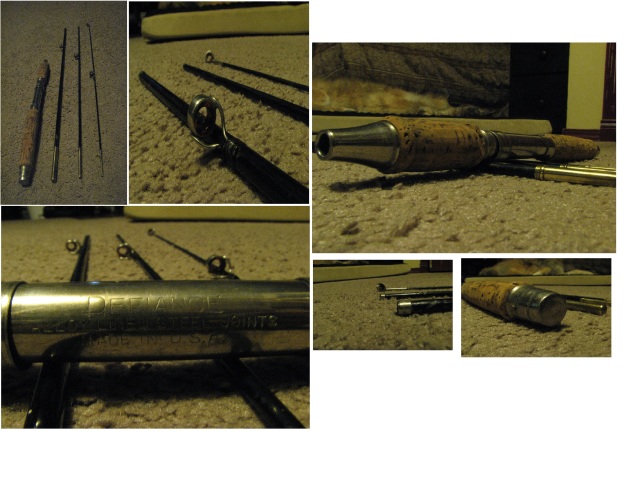Kicking add on
Question
I forgot to say That my question is focused on the outside center/wing positions
Answer
HIX,
I use the male gender in this discussion. If you are a female player, I apologize if I offended you.
Kicking may either be tactical, usually to gain an advantage over an opposing player, or strategic, usually to gain territory in the offense or stop the opposing team's momentum in the defense.
As a center/wing, your kicking skills should include-
-Kicking with either foot
-Knowing how and when to kick for territory (strategic kicking)
-Knowing how to execute a variety of kicks - punt, grubber, chip, feint, line, and drop kicks at varying lengths and heights (tactical kicking)
-additionally, the wing should also be able to toe ball ahead and chase/retrieve under pressure
Forwards will generally not kick during second/third phase ball. This is not so much because forwards tend to have poor kicking skills, but that forwards tend to be clustered in conditions were kicking is not a viable option. As a center/wing, you should have more open space around you to make good kicks. Again, though, you should not kick in 搕raffic? when the opposing players have a reasonable chance to block the kick, or you are forced to make a hurried, poor kick.
Kicking will generally be used as a tactical tool by the center, and a strategic tool by the wing.
-In the attack zone, a player should not kick (potential of losing the ball too great).
-In the contested zone, kicks are used to advance the ball (grubs, pops, kicking plays)
-In the defense zone, kicks are used defensively to put the ball down field away from your try zone. Generally, you want to kick for touch. Note that it is more important that the ball go out of bounds than how far down the field it goes.
A quick tangential discussion- zones
Mentally divide the field into thirds (three zones): attack, contested, and defense. Each zone has different considerations for moving the ball forward. In the attack zone (mid-field to tryline), maintaining aggressive possession is the most important concept (kicks should be conservative, passes accurate, support consistent, next phase being initiated). In the defense zone (your tryline to the 22 mtr), prevent scoring by keeping the opposition from advancing the ball or maintaining possession of the ball is the most important concept (long kicks for touch, short line outs, and solid attacking line play). The contested zone (your 22 mtr to mid-field) should be used to mentally change from offense to defense and defense to offense.
A player may request a 搈ark?if he is behind the twenty two-meter line (his defense zone). The referee does not have to honor the request for a mark; you may still be hit. For the mark that is granted by the referee, it is a 揻ree kick?from the mark. It is not a football style 揻ree catch?
A quick tangential discussion- advantage/offside (just knowing the rules can give you benefits)
If you are offside when a player on your team kicks ahead, and you are within ten meters of an opponent waiting for the ball, you must retreat until you are ten meters from him, or you will be penalized. Just by staying near him, you are affecting the game. You must retreat at once: nothing he may do be able to put you on side.
On side means, you are no longer offside, so you can take part in the game again. Any offside player (including one offside under the 慣en-Meter' Law and retreating) can be put on side by his team in these four ways:
-A teammate who kicked the ball when behind him now runs past him.
-Any other teammate who was on side when the ball was kicked now runs past him.
-A teammate with the ball runs past him.
-He retreats behind any of these teammates.
Any offside player (except one offside under the 慣en-Meter' Law) is put on side if an opponent does one of these things:
-Carries the ball ten meters.
-Kicks or passes the ball.
-Intentionally touches it but does not hold it.
Types of kicks-
-Grub- a grub kick is using your feet to get the ball rolling forward. Important in the grub is that it actually touches the ground. It should not be a low drop kick. A grub kick should be done on the run with either foot. The classic grub will bounce twice close to the ground and bounce to waist level on the third. I have seen it, but very rarely. Like a drop kick, timing is very important, as you want to contact the ball just as the point of the ball hits the ground. You want your foot to make contact with upper third of the ball, essentially kicking it into the ground. A grub kick should be used when an opposing player is committed to making contact with you and is no closer than five meters. Do not kick to him, but off to his side (that ability to kick with both feet is very important). Grubs are useful because the opposing player has forward momentum towards you, is unlikely to react quickly enough to a kick, and cannot hit you if you do not have the ball. You should be able to cover your own kick.
-Pop kicks (up and under kicks)- a pop kick is just a 搈ini-punt?designed to get you beyond an opposing player, or fix him in place to catch it. A classic pop kick is ten mtrs in the air and ten mtrs down field. You should be able to catch your own pop kick on the burst. Again, you should be able to kick with either foot. As a way to gain advantage, a pop kick should be used when an opposing player is committed to making contact with you and is no closer than five meters. Pop kicks are usually preferred to grub kicks since they are easier to learn to do correctly and secure once the kick is made. Pop kicks are also used in penalty kicks. While the very act of kicking causes you to lose procession of the ball, a good pop kick to the box (that area behind their forwards) with aggressive attacking by the forwards will generally enable you to get the ball back.
-Punt- a punt is a long, and should be, accurate pop kick. The primary purpose of the punt (ball is kicked at waist level) is to get the ball down field. Accurate punting on the part of the center is a powerful weapon for a club and necessary for the wing. The accurate punt can get the ball downfield, and depending on circumstances, force a lineout down field, a twenty-two meter drop kick, or with good support, where their backs are not and your teammates are moving forward. While distance is important, accuracy is also necessary. As a forward, trying to support a kicking duel between two sets of backs is not fun. Get the ball down field and into touch, or put it where your teammates can support it.
-Drop kick- a drop kick is a grub that does not bounce, has height, and goes a long distance accurately. Timing is also important for the drop kick. Gravity is constant. Learn to time your kick based on the ball dropping "point down" from your waist to a split second after it hits the ground. In this moment, the drop kick is essentially a kick from a 搕ee? A bad habit many players have is to toss the ball up a few inches and then try to time it. This is not easy. You should kick the lower third of the ball. Like the punt, what part of the boot hits the ball is based on how you have been trained and your skill level. Having played in the dark ages when rugby boots had hardened square toes, I prefer using the tip for the kick. I know coaches who stress making contact with the threads on the boot. Drop kicks are generally used for penalties and restarts, but unlike other open field kicks, can also be used to score.
A little science here- Work is an energy transfer that occurs when a force is moved through a distance. Power is the amount of work done per a unit of time. The importance of this it explains why the follow through in the kick is so importantly. Essentially, the longer your foot maintains contact with the ball, the more powerful the kick.
Finally, any kicker most support his own kick, whether it is catching one own's pop or grub kick, or putting teammates on-side by running down field for punt or drop kick. It is not really appropriate to make a kick and just stand back and admire it in flight.
Entire books have been written about kicking. I hope this is enough to get you started.
Thank you,
Deane Shephard
OPSU
First five eight
Bringing down bigger players


